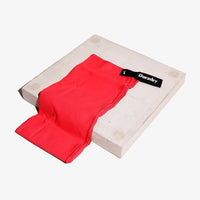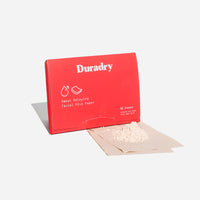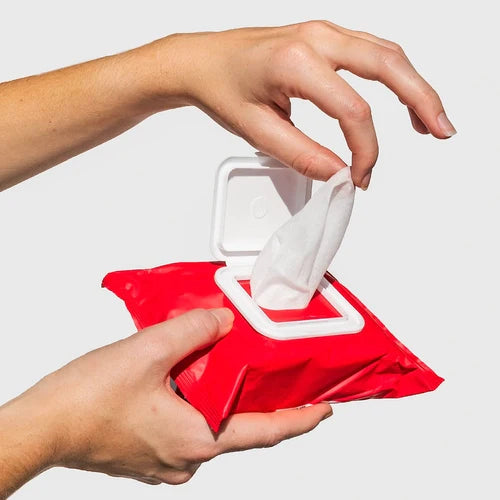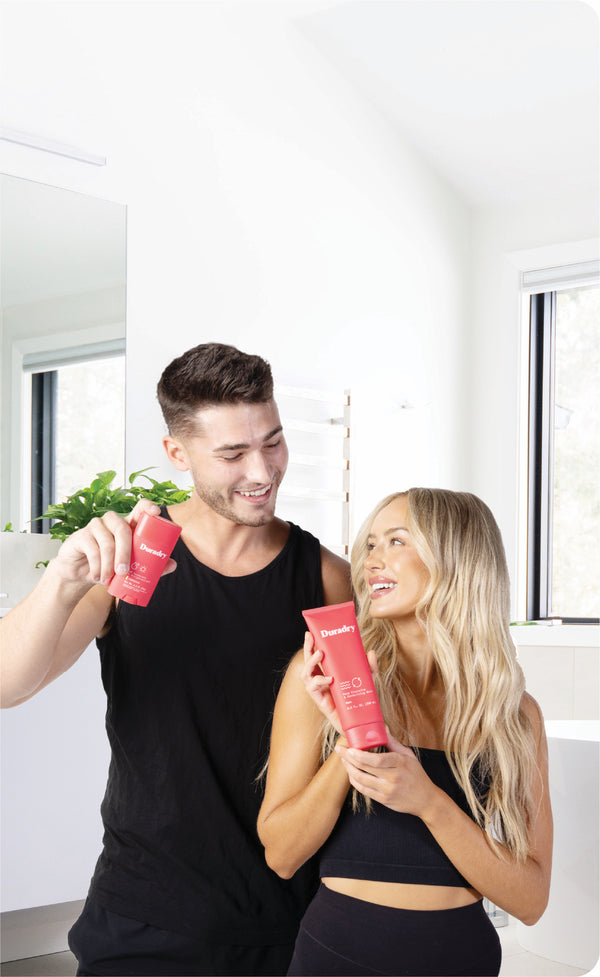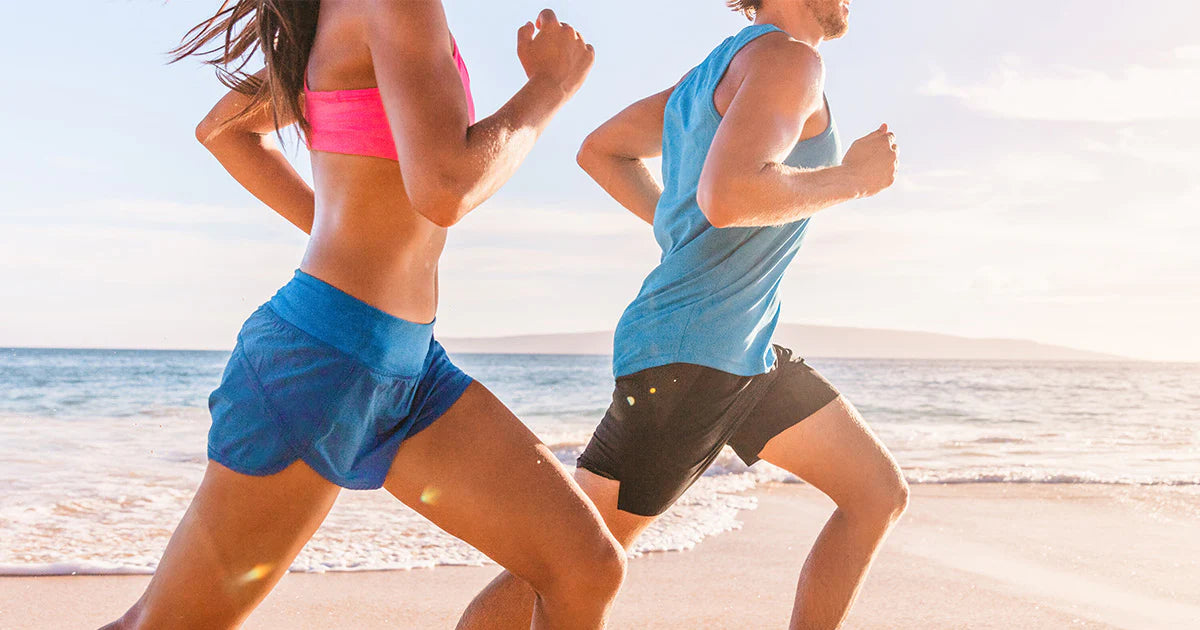What is thigh chafing?
Thigh chafing is a common problem caused by friction between your thighs and clothing. It occurs when the cloth rubs against your skin in a manner that causes irritation, which can lead to redness, swelling, and pain. This can be especially troublesome during workouts or physical activities, when you're constantly moving your legs.
In addition, thigh chafing can also be a result of certain body shapes. If your thighs rub together in an irregular pattern, this can create the perfect environment for thigh chafing to occur.
For some people tigh chafing can be an uncomfortable friction, but for others it can sting or even turn into a wound. Furthermore, if you have sensitive skin, thigh chafing can be even more irritating.
How to prevent inner thigh chafing
There's no one-size-fits-all answer to this question, as there are a variety of factors that can contribute to thigh chafing. However, some tips that may help include wearing clothing that is fitted and elasticized around your thighs, using moisturizers or balms on your skin before exercise or physical activity, and making sure your legs are covered when you're not moving them. Also, try to keep your thighs dry and sweat free to reduce friction.
The best way to avoid thigh chafing altogether is to prevent it from occurring in the first place. If you're prone to developing this problem, make sure to dress appropriately and try some of the prevention tips listed above.
Symptoms of inner thigh chafing
The most common symptom of inner thigh chafing is pain and irritation. This can be experienced anywhere from just below your waistline to the upper part of your thighs. Additionally, you may experience redness, swelling, and tenderness around this area. Other symptoms may include sensitivity to light or touch, difficulty moving your legs freely, and a feeling that something is stuck in between your legs (such as hair). If you experience any of these signs and symptoms, it's important to see a doctor for further evaluation.
Furthermore, if you're a runner, cyclist, or other athlete who regularly engages in strenuous activity, it's important to be aware of the risk factors for thigh chafing. Some of these include having thick skin around your thighs and legs, wearing clothing that is too tight or restrictive around your thighs and legs, exercising in warm weather conditions (which increases sweating).

Common Causes of Thigh Chafing
There are several potential causes of thigh chafing. The most common is fabric rubbing against the skin, but other factors that can cause this problem include excessive sweating, tight clothing or inappropriate shoes.
Excessive sweating
One of the major causes of thigh chafing is excessive sweating. When you're exercising in warm weather conditions, your body produces a lot of sweat. This sweat can cause friction between your skin and the clothing you're wearing, which can lead to thigh chafing.
Wearing tight clothing
Another common cause of thigh chafing is wearing tight or restrictive clothing around your thighs and legs. This type of clothing not only creates unnecessary friction against your skin, but it may also be too small or too tight in other areas that could irritate or hurt yourself. For example, if you have large thighs, wearing pants that are too tight around your legs can cause pain and discomfort.
Inappropriate shoes
Finally, another common cause of thigh chafing is wearing the wrong type of shoes. Running in barefoot or sandals may be fun on a beach vacation, but it's not going to do much for your knees when you're trying to work out at the gym. Wearing running shoes that are too small or too tight will create excessive friction against your skin, which can lead to thigh chafings.
As long as you're taking precautions to avoid excessive sweating, wearing tight clothing, and wearing inappropriate shoes, you'll be able to reduce the likelihood of thigh chafing happening in the first place.

Treatments for thigh chafing
If you experience thigh chafing, the best way to treat it is generally with a topical cream or ointment. Be sure to apply it liberally and allow it time to work before continuing your activity. If the condition persists despite treatment, see a doctor for additional advice.
On the other hand, if you experience thigh chafing due to inappropriate footwear, try switching to a different type of shoe that fits better and doesn't create excessive friction against your skin.
In either case, it's important to keep the affected area dry and clean to help reduce the risk of other skin conditions developing.
Chafing cream and gels
If you're looking for a topical cream or gel that can help relieve thigh chafing, our top pick is Sports Chafing Relief. This product contains salicylic acid, which is an effective anti-chaff agent. It also has other moisturizing and cooling properties that can soothe and comfort your skin.
Nevertheless, be sure to read the product's instructions before using it, as some people may not be able to use salicylic acid-based products.
In addition to Sports Chafing Relief, there are other topical creams and gels that can help treat thigh chafing. For example, Cure extreme sports friction cream is a cream that contains menthol and camphor extract, which help reduce inflammation and speed up the healing process. Additionally, Medicated Healing Ointment like CeraVe Healing Ointments specializes in treating various forms of skin irritation including thigh chafing.
Another amazing product is an anti-chafing stick Megababe Thigh Rescue, a moisturizing stick that looks like a pretty stick of deodorant and contains aloe, pomegranate oil, and grape-seed oil.
If you have a hard time treating your thigh chafing with creams and ointments, there is another option: a thigh chafing band. These products work by forming a tight seal around the skin to prevent irritation. They can be a little more expensive than other topical treatments, but they are often effective and comfortable.
Thigh Chafing Deodorant
If you're looking for a more permanent solution to your thigh chafing problem, consider using a deodorant. Wearing deodorant and anti-perspirant can help prevent chafing – even in areas other than your underarms. By helping your skin stay drier, a good anti-perspirant prevents irritations caused by sweat. Deodorant also acts as a lubricant that soothes the skin and reduces friction.
You can try Duradry AM Stick in your inner thighs, it will provide maximum protection with their strength active ingredients, plus powerful odor-trapping and sweat blocking ingredients.

Additional tips for preventing thigh chafing
Here are some additional tips to help reduce or prevent thigh chafing :
-Wash your skin regularly, especially between workouts and during hot weather months. This will help remove any built-up bacteria or sweat that could cause irritation.
- Apply a moisturizer to the area before bedtime, and use an ointment or cream when you experience chafing during the day.
- Use socks instead of sandals when going outside if possible -- this will reduce friction on your feet.
Finally, if you experience excessive thigh chafing, speak to your doctor about possible treatment options. They may be able to recommend a cream or ointment that is specifically designed for this type of irritation, or they may refer you to a specialist who can help treat the underlying cause.
Conclusions
Thigh chafing can be a frustrating problem to deal with, but there are various ways to prevent and treat it. If you're experiencing excessive thigh chafing, try one of the suggested treatments and see if that helps reduce the problem. Be patient -- sometimes solving the underlying cause takes time and patience.


